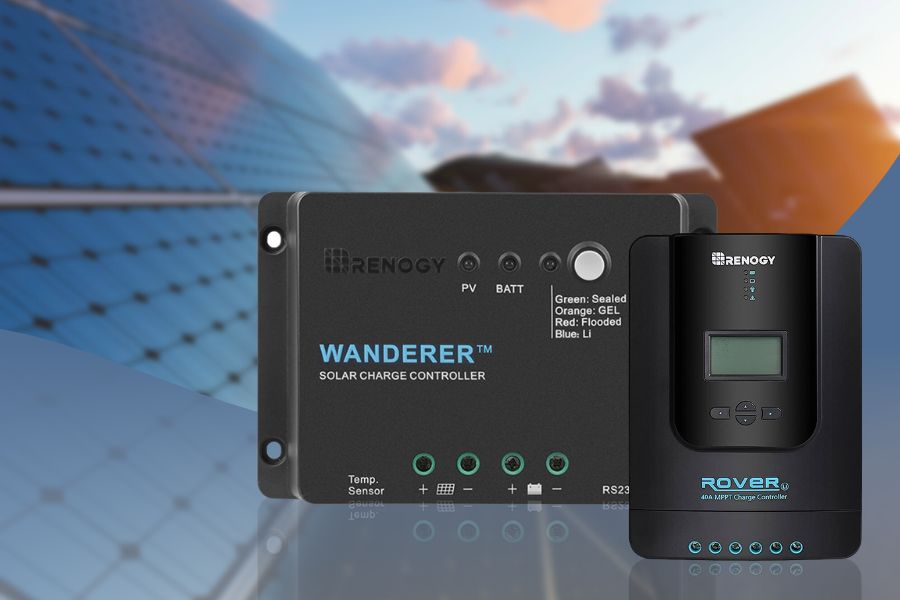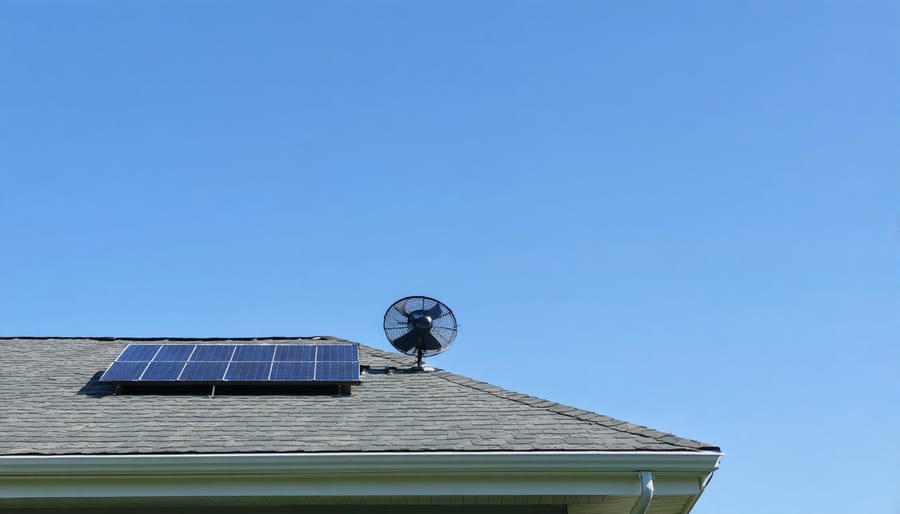Solar Optimizers: The Secret to Squeezing More Power From Your Panels
Updated:
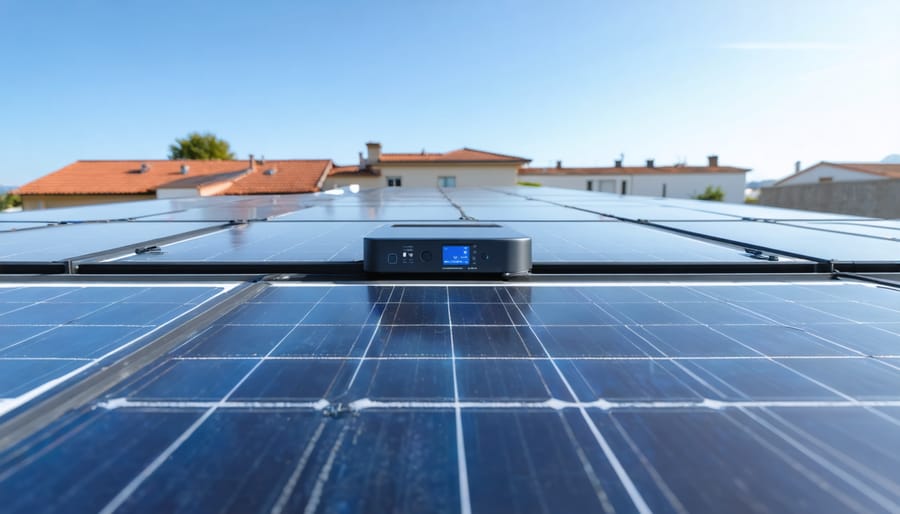
Imagine boosting your solar panel’s power output by up to 25% with a single device – that’s exactly what a solar optimizer delivers. These intelligent power electronics work tirelessly behind your solar panels, ensuring each module performs at its peak even when facing shade, debris, or panel mismatches. Unlike traditional string inverter systems that limit your entire solar array to the performance of your weakest panel, optimizers allow each panel to operate independently, maximizing energy harvest across your entire system.
Think of a solar optimizer as a personal trainer for each of your solar panels, constantly adjusting and fine-tuning their performance to squeeze out every possible watt of power. For DIY solar enthusiasts and homeowners alike, these smart devices represent one of the most effective ways to enhance system efficiency without the complexity of complete system overhauls. As we explore the ins and outs of solar optimizers, you’ll discover why they’ve become a game-changing addition to modern solar installations.
How Solar Optimizers Transform Your System’s Performance
Module-Level Power Electronics (MLPE)
Solar optimizers work their magic at the individual panel level, making them a crucial part of Module-Level Power Electronics (MLPE). Think of them as tiny smart controllers attached to each solar panel in your array. Using advanced MPPT technology, these devices continuously monitor and adjust the power output of each panel to ensure it’s performing at its absolute best.
Here’s what makes them special: when one panel in your array faces challenges like shade from a tree or debris buildup, traditional systems would reduce the output of the entire string. But with optimizers, each panel operates independently. It’s like having a dedicated performance coach for every panel on your roof!
The optimizer constantly adjusts the current and voltage of its panel to find the sweet spot for maximum power production. This means even if one panel is underperforming, the others can still operate at full capacity. I’ve seen installations where this smart technology has helped maintain up to 25% more energy production compared to traditional systems, especially in partially shaded conditions.
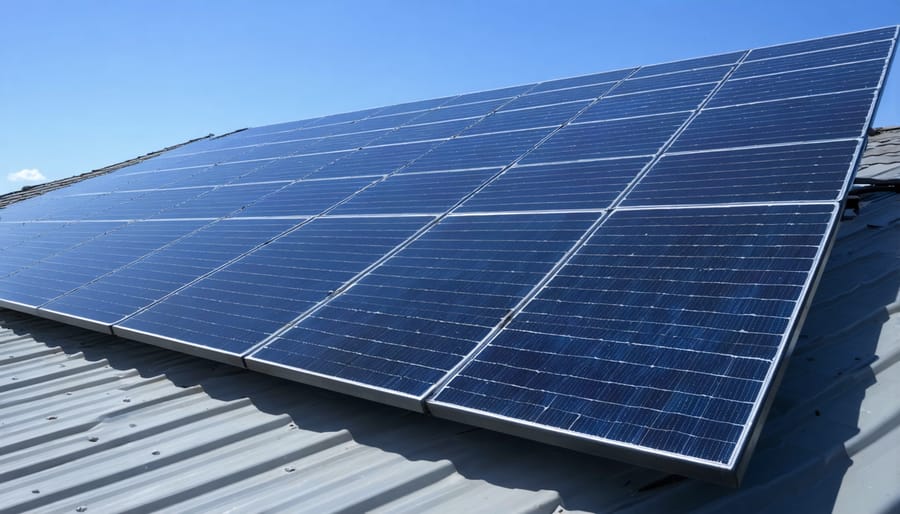
Real-Time Panel Monitoring
One of the coolest features of solar optimizers is their ability to provide detailed, real-time monitoring of your solar panels. Through user-friendly apps or web interfaces, you can track how each panel is performing individually – something that really comes in handy when troubleshooting or maximizing your system’s efficiency.
I remember when I first installed optimizers on my home system; it was like getting X-ray vision into my solar array’s performance. You can see exactly how much power each panel is producing, spot any potential issues before they become problems, and even get alerts if something needs attention.
The monitoring system shows you everything from voltage and current levels to daily energy production trends. It’s fascinating to watch how different panels perform throughout the day, especially when clouds pass overhead or shadows move across your roof. This data isn’t just interesting – it’s practical too. You can use it to make informed decisions about panel cleaning, maintenance schedules, and even future system expansions.
Plus, many optimizer systems can generate detailed performance reports, helping you understand your energy production patterns over time and verify your system’s return on investment.
When Your Solar System Needs an Optimizer
Shade Management
Shade can be a real headache for solar panel systems, but that’s where optimizers really shine. Let me share a quick story: I once helped a neighbor whose solar production dropped by 30% because of a growing tree’s shadow. After installing optimizers, we got most of that power back!
Solar optimizers handle partial shading brilliantly by allowing each panel to operate independently. Without an optimizer, shading on just one panel can drag down the performance of the entire string – imagine a chain only being as strong as its weakest link. But with optimizers, each panel can produce its maximum possible power regardless of what’s happening with its neighbors.
When shadows from trees, chimneys, or even passing clouds cover part of your array, optimizers ensure that the unshaded panels continue working at full capacity. They do this by adjusting the voltage and current of each panel individually, maintaining optimal power output even when conditions aren’t perfect.
This feature alone can boost your system’s overall energy harvest by 5-25%, depending on your specific shading situation. For installations where some shade is unavoidable, optimizers can make the difference between a mediocre and a high-performing system.
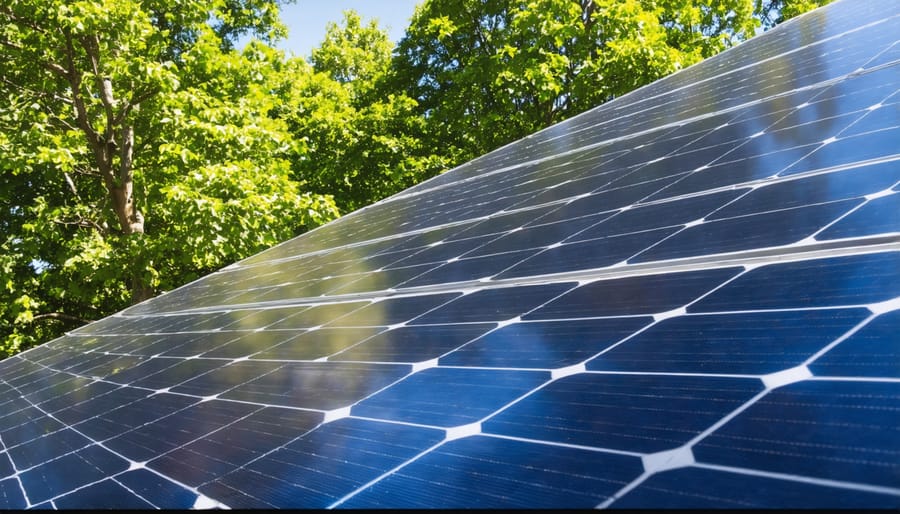
Panel Mismatch Solutions
One of the biggest challenges in solar installations is dealing with panels that don’t perfectly match. I learned this firsthand when helping a friend install panels on his partially shaded roof – some panels faced east, others south, creating quite a performance puzzle!
Solar optimizers excel at handling these panel mismatches. They allow each panel to operate independently, so if one panel is in a different orientation or receiving less sunlight, it won’t drag down the performance of the entire string. Think of it like having individual volume controls for each speaker in a sound system, rather than one master control affecting them all.
These clever devices also manage voltage variations between panels. Even identical panels can produce slightly different voltages due to manufacturing tolerances, age, or environmental factors. Optimizers step in to normalize these variations, ensuring each panel contributes its maximum potential to the system.
For installations with unavoidable orientation differences or partial shading, optimizers can boost overall system production by 5-25%, making them particularly valuable for challenging roof layouts.
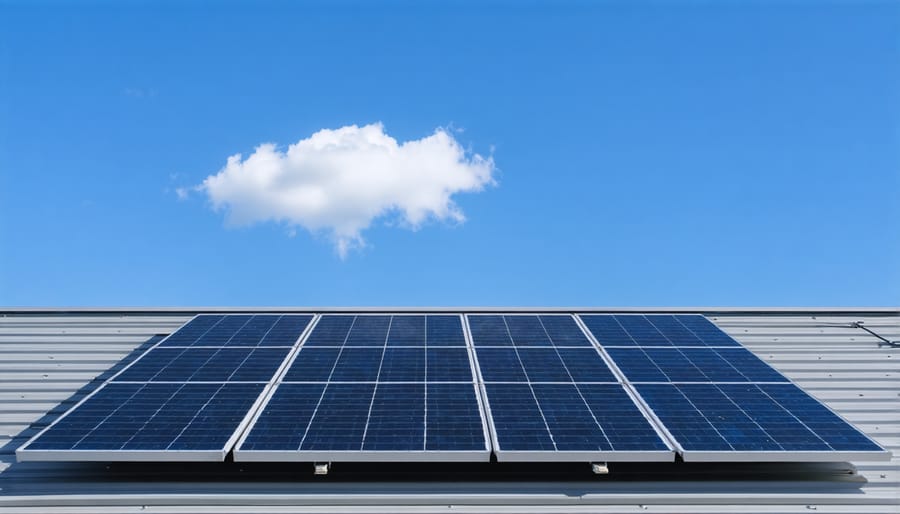
Installing Solar Optimizers: DIY Tips and Considerations
Installing solar optimizers can be a rewarding DIY project when done correctly. As someone who’s helped countless homeowners with their solar setups, I always recommend starting with a thorough plan and the right tools.
First, ensure you have all necessary equipment: optimizers, mounting hardware, cables, and a compatible inverter. Safety should be your top priority – wear appropriate protective gear and never work on live electrical systems.
Begin by mapping out your optimizer placement. Each optimizer typically connects to one or two panels, depending on your system design. Mount the optimizers to your solar panel frames using the manufacturer’s recommended hardware. Keep in mind that optimizers should be easily accessible for future maintenance while being protected from direct exposure to elements.
When connecting the optimizers, pay special attention to your wiring. Create a clean layout that minimizes cable lengths and avoids any sharp bends. This is also a good time to review your solar charge controller settings to ensure compatibility with your new optimizers.
Pro tip: Label each optimizer and its corresponding panel during installation. This simple step will save you countless hours during future troubleshooting or maintenance work.
Remember that while DIY installation is possible, it’s crucial to follow local electrical codes and manufacturer guidelines. If you’re unsure about any aspect of the installation, don’t hesitate to consult a professional. The investment in proper installation will pay off through improved system performance and longevity.
Finally, test each optimizer’s communication with your monitoring system before considering the installation complete. This ensures you’ll be able to track performance and identify any issues early on.
Cost vs. Benefits: Making the Right Choice
When considering a solar optimizer, it’s essential to weigh the costs against potential benefits for your specific setup. From my experience working with various solar installations, I’ve found that optimizers typically add about 20-30% to your initial system cost. However, the return on investment can be substantial in the right circumstances.
Let’s break down the benefits: optimizers can increase energy production by 5-25%, depending on your installation conditions. If your panels face different directions, experience partial shading, or you’re sizing your solar components for maximum efficiency, these gains can quickly offset the initial investment.
I recently helped a friend install optimizers on their partially shaded system, and they saw a 15% increase in annual energy production. The payback period was just under four years, considering their electricity rates and usage patterns.
However, optimizers aren’t always the best choice. If your panels have optimal placement, minimal shading, and consistent performance across the array, the additional cost might not justify the marginal improvements. Also, consider that optimizers add another layer of complexity to your system, potentially increasing maintenance needs.
To determine if optimizers are right for you, calculate your potential energy gains based on your specific situation and local electricity rates. Remember, the best investment is one that matches your unique needs and circumstances.
Solar optimizers represent a significant advancement in maximizing the efficiency and output of your solar energy system. As we’ve explored throughout this guide, these intelligent devices work tirelessly to ensure each panel performs at its peak, even under challenging conditions like partial shade or panel mismatch.
Remember, while solar optimizers require an initial investment, they can significantly boost your system’s energy production and provide valuable panel-level monitoring capabilities. For DIY enthusiasts looking to get started, I recommend beginning with a small system of 2-4 panels to familiarize yourself with optimizer installation and monitoring.
From my personal experience helping fellow solar enthusiasts, those who invest in optimizers typically see 15-25% increases in energy production compared to traditional string inverter systems. The ability to monitor individual panel performance has also helped many of my community members quickly identify and resolve issues before they become major problems.
Whether you’re just starting your solar journey or looking to upgrade an existing system, solar optimizers offer a practical solution for maximizing your renewable energy investment. Consider reaching out to local solar communities or attending DIY workshops to connect with others who have hands-on experience with optimizer installations.







